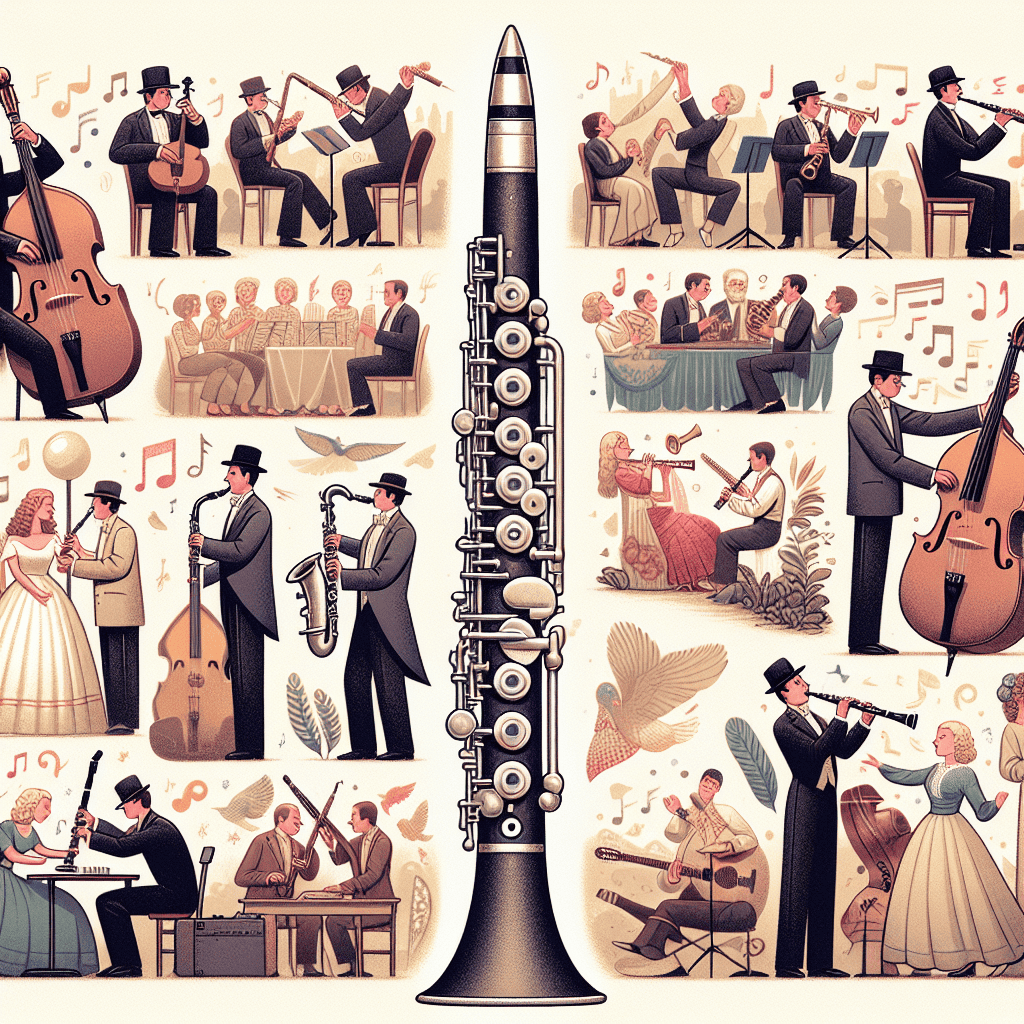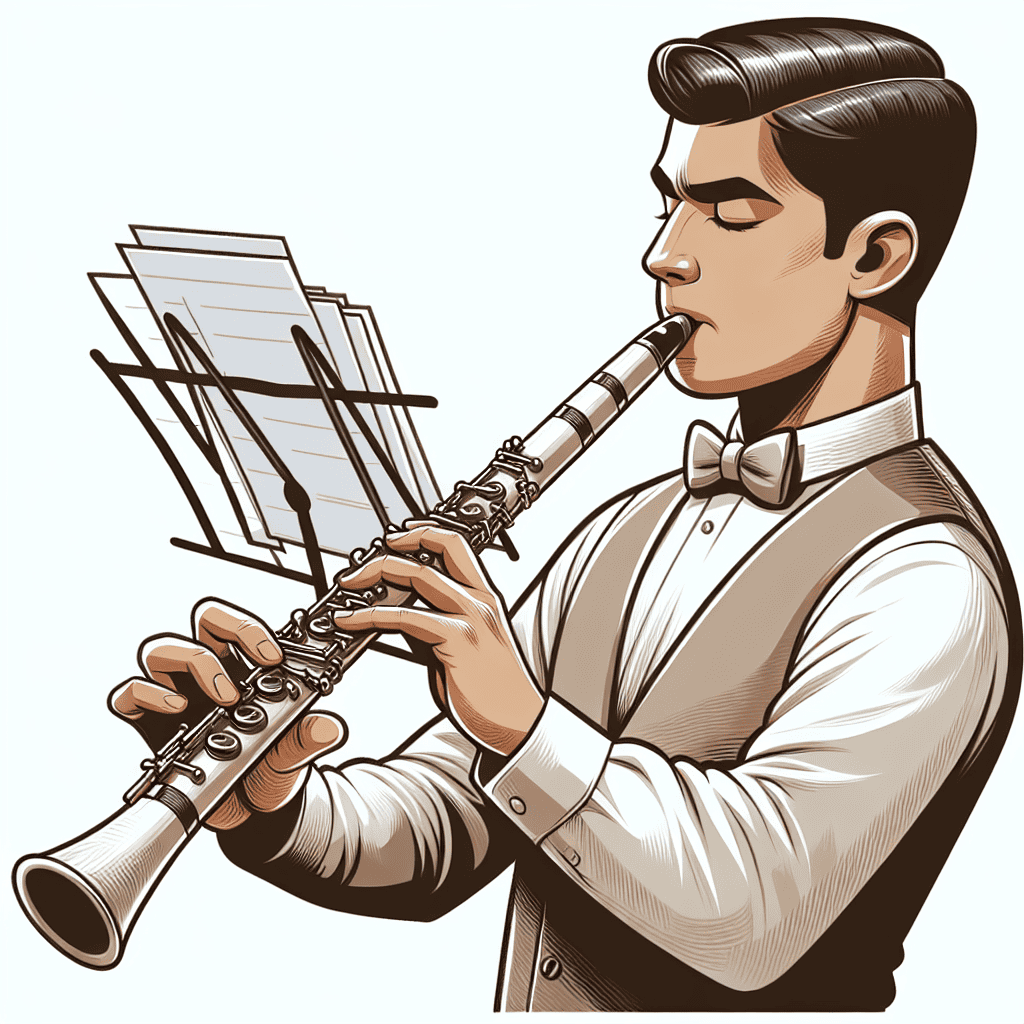The clarinet is a wonderful instrument known for its versatility and expressive capabilities. Becoming familiar with its key system is essential for any clarinetist, whether a beginner or a seasoned player. The key system significantly affects how the instrument produces sound, and grasping its intricacies can improve both performance and technical skills.
The Basics of the Clarinet Key System
The clarinet key system operates through a series of keys that allow the player to change notes and produce a range of pitches. This system enables smooth transitions between notes, using a combination of levers and pads that work together. The basic parts of the key system include:
- Keys: These are the metal components that the player physically presses down to change pitches.
- Pads: Located under each key, pads seal the tone holes, allowing air to flow through the body of the instrument and create sound.
- Rods and Springs: These elements connect the keys and help to return them to their original position when released.
| Component | Function |
|---|---|
| Keys | Change pitch when pressed |
| Pads | Seal tone holes for sound production |
| Rods and Springs | Connect keys and reset their position |
How the Key System Works
The clarinet key system consists of various key groupings controlled by the player's fingers.
1. The Left Hand Keys
- Positioned primarily on the upper joint, the left hand operates keys that play the lower notes and the first registers.
- This hand controls the primary tone holes, which are important for achieving fundamental pitches.
2. The Right Hand Keys
- Keys on the lower joint, operated by the right hand, manage the altissimo range as well as low notes.
- This hand also includes keys designed for easier finger transitions and rapid passages.
Types of Key Mechanisms
Traditionally, the clarinet uses a Boehm system, which offers specific advantages in key action and finger positioning. Here are the main types of key mechanisms found in clarinets:
- Boehm System: Most modern clarinets, especially those used in orchestras and bands, feature the Boehm system, allowing for complex fingerings and easy playing across registers.
- French System: Used primarily in European models, this system incorporates unique key placements and is often chosen for solo work and traditional genres.
Historical Development of the Key System
The evolution of the clarinet key system has seen many changes over the years:
- Early Designs: The earliest clarinets, dating back to the 18th century, had fewer keys, typically ranging between one to five. This limited range required more manual adjustments and had a narrower pitch range.
- 19th Century Innovations: Instrument makers began adding more keys, transforming the clarinet into a solo instrument capable of playing intricate Classical and Romantic repertoire.
- Modern Key Systems: Today's models feature anywhere from 17 to 22 keys, depending on the style of musical play intended. Instrument makers like Martin Freres focus on improving playability through ergonomics and efficiency in their designs.
Evolution of Clarinet Keys
- 18th Century: 1-5 keys
- 19th Century: Increased number of keys
- Modern Era: 17-22 keys
Key Terminology Explained
Understanding the key terminology helps in discussions about the clarinet:
- Standard Keys: Refers to the traditional key placements known to most players.
- Linkage: The system includes rods connecting various keys, facilitating coordinated actions among keys.
- Trill Keys: Special keys that assist with trills by allowing rapid alternation between two notes.
Maintenance of the Key System
To keep a clarinet in optimal playing condition, proper maintenance of the key system is important:
- Regular Cleaning: Regularly wiping down the instrument helps prevent build-up and maintains the integrity of pads and springs.
- Inspection: Periodically check key action and response. Look for any keys that may feel sluggish or sink; they may require adjustment.
- Professional Servicing: Have your instrument assessed and serviced by a professional technician yearly to address potential issues before they worsen.
Playing Techniques Influenced by Key Systems
The clarinet's key system affects how musicians approach various playing techniques:
- Articulation: The way keys are positioned can affect how clean shortcuts and articulations sound. Different systems may yield distinct effects.
- Staccato and Legato: The key response directly influences the clarity of staccato notes versus the smoothness of legato passages.
In summary, the clarinet's key system is a remarkable feat of design and engineering that allows musicians to explore a broad musical landscape. Getting to know its mechanics, maintenance, and playing implications will help players improve their skills and musical expression.







